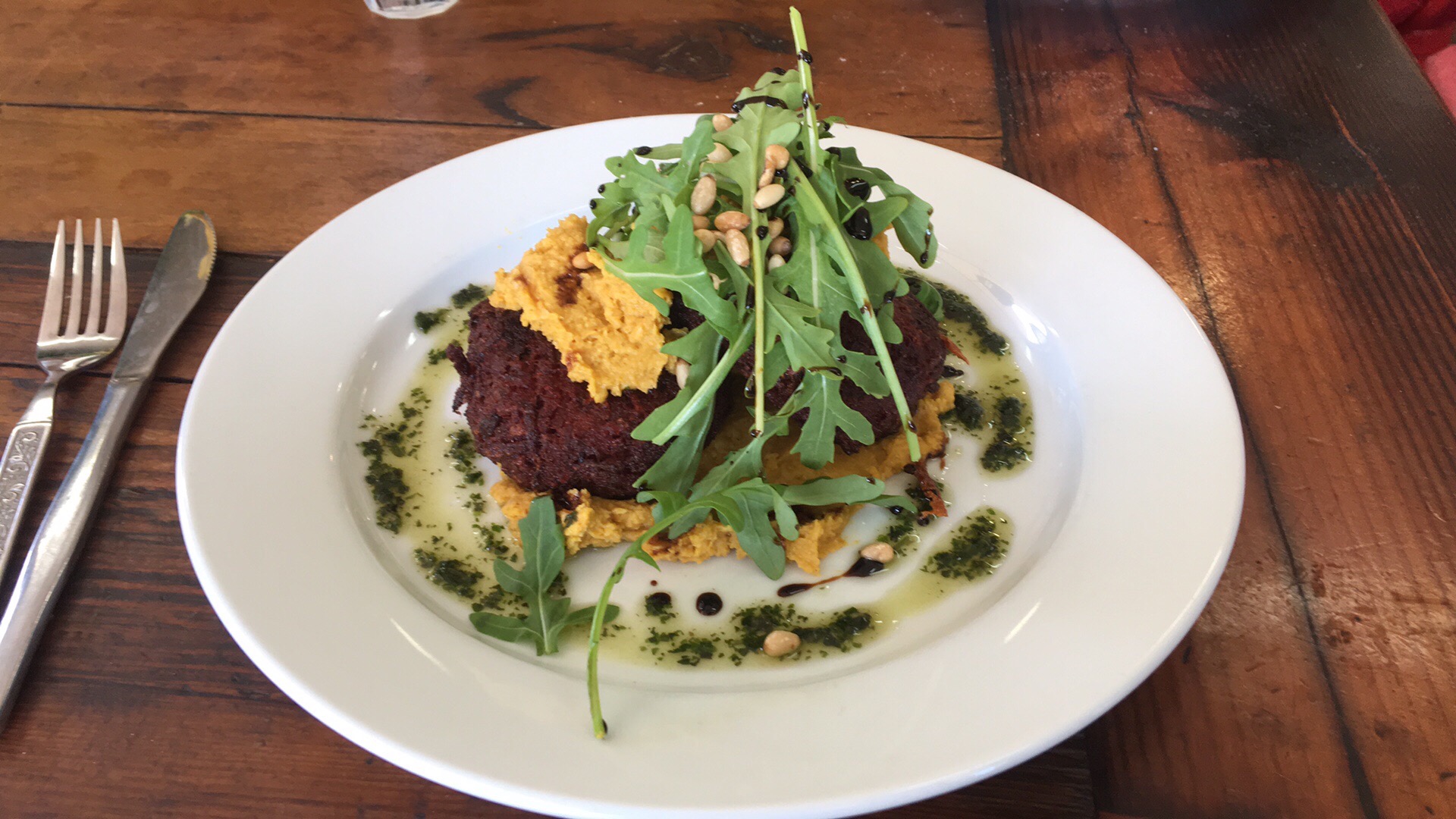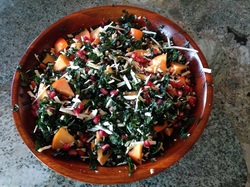Eating plenty of veggies will crowd out foods that are less healthy.
There are practically an infinite number of dietary theories out there, with more cropping up all the time. When I say theories, I mean that no one diet works for everyone. Only you can find out what works for you individually.
You have to start somewhere, so start by eating more veggies!
Sweet veggies
Sweet veggies are a good start. They are naturally sweet, so they can satisfy your sweet tooth. At the same time, they have are low on the glycemic index, so they won’t make your blood sugar go sky high.
Leafy green veggies pack a nutritional punch!
Adding green vegetables into your diet has a bunch of benefits for your body and immune system. Leafy greens are high-alkaline foods. Alkaline minerals in our bodies neutralize the acidic conditions caused by the environment. Green veggies help replenish alkaline mineral stores and filter out pollutants.
You can’t lose by adding greens to your diet!
The other benefits of consuming dark leafy greens include:
Experiment with different types of greens
There are a wide variety of greens available year around so you can explore options that you can enjoy and eat often. Be adventurous and experiment with some you’ve never tried before.
Common green veggies include bok choy, napa cabbage, kale, collards, watercress, mustard greens, broccoli rabe, and dandelion. Aruula, endive, chicory, lettuce, mesclun, and wild greens are generally eaten raw. Swiss chard, spinach and beet greens are best eaten in moderation because they are high in oxalic acid, which inhibits the absorption of calcium in these foods. Rotate through a variety to achieve the most benefits.
Cooking greens
Leafy green veggies can be prepared a number of ways. They can be steamed, boiled, sautéed in oil, or even roasted with olive oil and salt.
Don’t forget green smoothies!
Adding a cup or two of raw greens to a smoothie boosts your greens consumption easily.
Crowding out!
Crowding out is the idea that instead of taking foods out of your diet or telling yourself that you can't have certain food that may be unhealthy, you add in foods that pack a nutritional punch.
No one wants to feel restricted!
Try to have at least half of your plate taken up with vegetables or base your meal around vegetables. Fibrous vegetables take up more space in your stomach, making you feel full and leave less room for foods that may be unhealthy.
What's your favorite way to add more vegetables to your diet? Any tips for sneaking veggies into your kid's diets?
Please share in the comments below!
If you've found this article interesting or helpful please share with your friends and like on Facebook down below!
Receive my healthy tips and updates each week by entering your name and email below and you'll also receive my new 3-Day Refresh Program, just in time for the holidays!
Success! Now check your email to confirm your subscription and receive your free guide.
0 Comments
Leave a Reply. |
Click below to join my FREE Facebook Group-
Women's Wellness Circle: Create Your Extraordinary Life AuthorHi, I’m Crystal! If you'd like to access my Farmer's Market Friday posts from 2018, click here!
Categories
All
|





 RSS Feed
RSS Feed